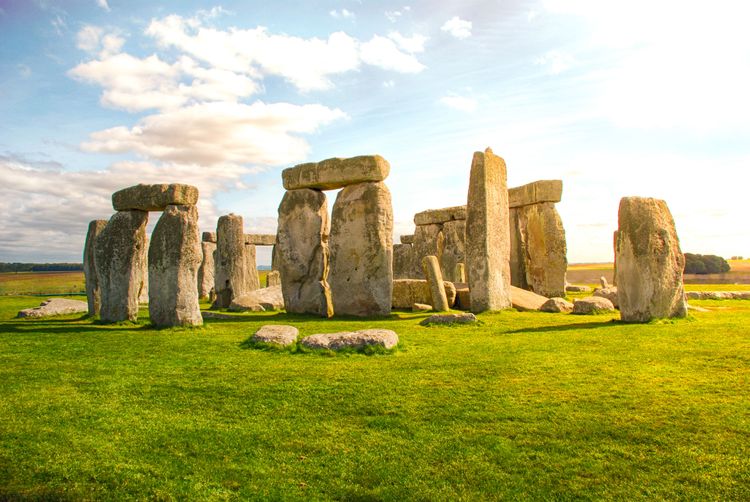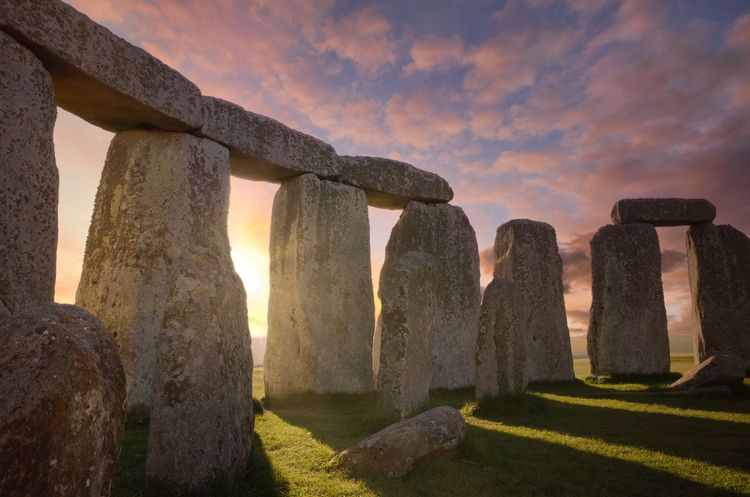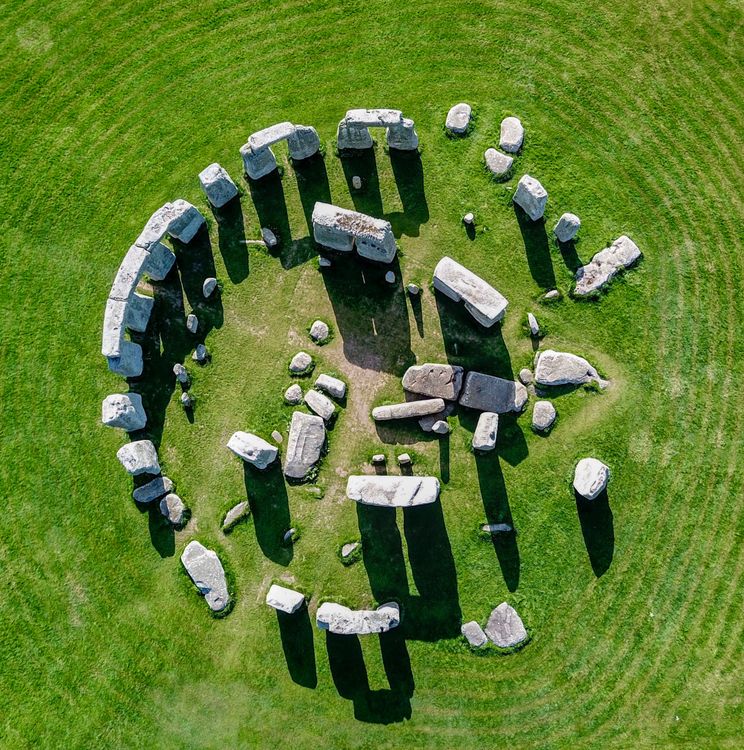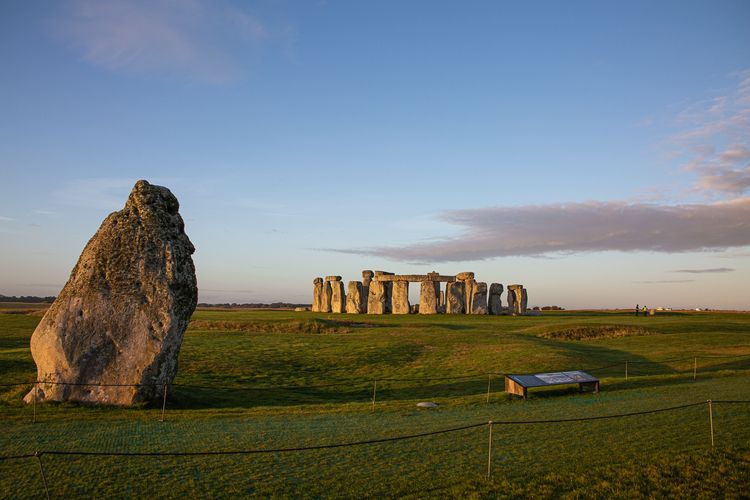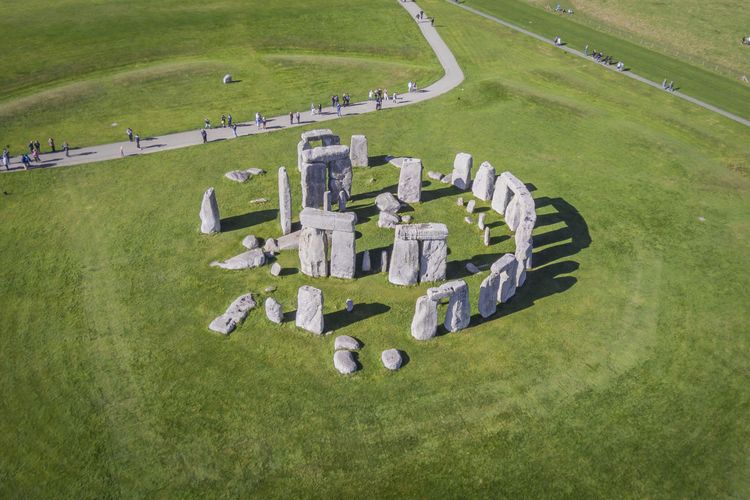Stonehenge was built over a long, long period of time: it is estimated that the development of the site, which began as a mound surrounded by a moat, started around 3000 BC, that's 5,000 years earlier than the day of your visit! A longevity that makes you dizzy...
Just like these alignments of megaliths arranged in concentric circles, an arrangement that certainly owes nothing to chance. Some of the oldest blocks seem to have come from the Preseli mountains, which are located... in Wales! The pieces of granite had to be transported almost 400km, using a system of ropes and tree trunks.
